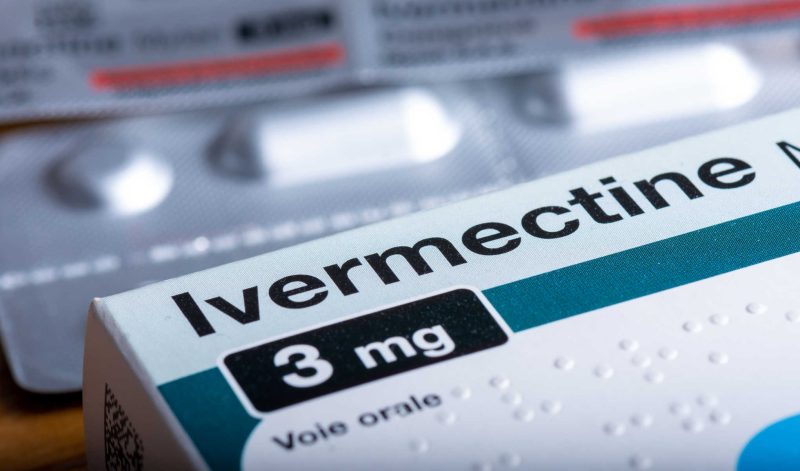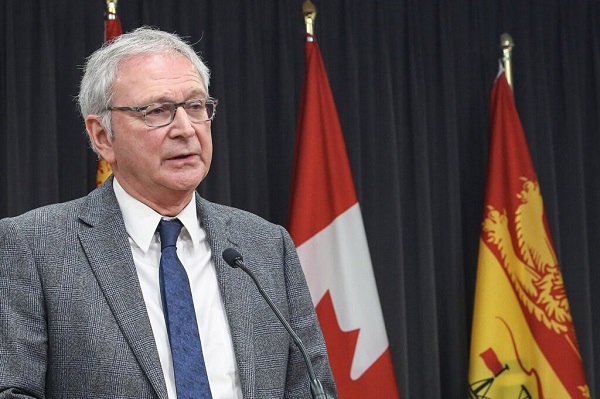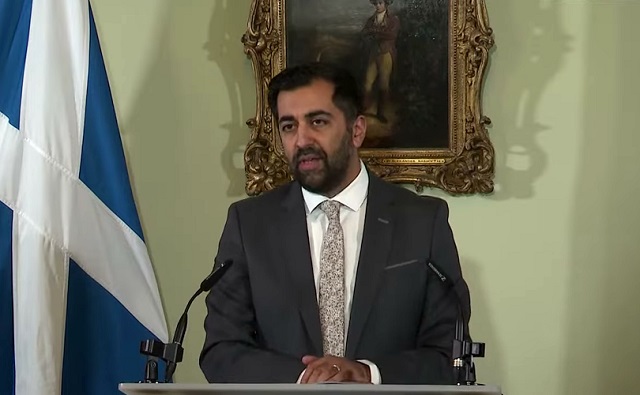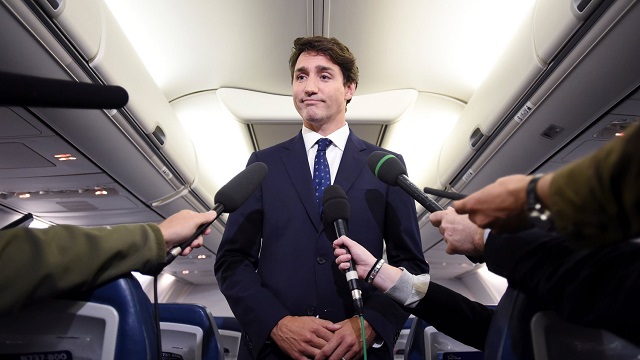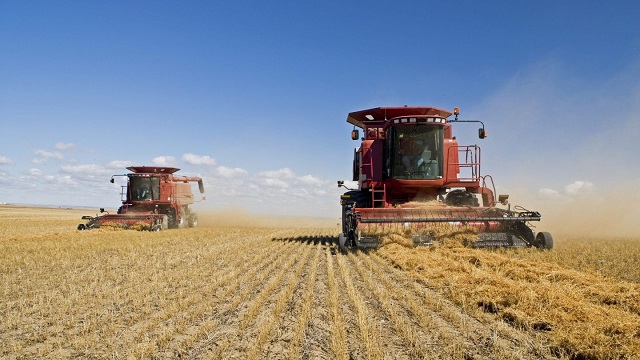Uncategorized
In Florida, families seeking the missing amid storm damage

PANAMA CITY, Fla. — Joanne Garone Behnke has replayed every possible scenario in her mind a hundred times.
Maybe her 79-year-old aunt sought shelter at the sturdy condo nearby that withstood Hurricane Michael’s devastating winds. Maybe she was rescued and is lying in a hospital bed somewhere. The pile of rubble that was once her Mexico Beach home is shallow, too shallow for a body to go unnoticed, Garone Behnke tells herself.
“It’s torture,” says Garone Behnke, who last talked to her Aunt Aggie Vicari right before the storm hit, begging her to leave her cinderblock home.
Five days after the hurricane slammed into the Florida Panhandle, people are struggling to locate friends and loved ones who haven’t been heard from, though how many residents are missing seems to be anyone’s guess.
“I’ve been on the phone to reporters, to fire chiefs, to heads of task force from Miami, to you name it, I’ve called them. I’ve called every hospital,” Garone Behnke said Monday, then stopped to look at a text from the fire chief in Mexico Beach.
To her disappointment, it read: “We’re still working on it … we’ll keep you posted.”
As President Donald Trump visited the devastated zone, the death toll from Michael’s march from Florida to Virginia stood at 17, and the search for victims continued.
As the hurricane closed in and more than 375,000 people were warned to evacuate, emergency authorities expressed frustration that many residents weren’t leaving.
Since the storm, many people have been rescued from the devastated zones. Emergency officials said that because of widespread cellphone outages, others could be safe and just haven’t been able to tell friends or family.
Rescue worker Trevor Lewis and the rest of his six-member squad lent their cellphones to storm victims so that they could contact loved ones for the first time in days. He said he watched them “cry out in joy.”
“Just the desperation in the family members’ voices that hadn’t contacted their loved one for a few days was bad,” he said. “Then we get on scene and find their family members and they have no food, no water, no power.”
There was just one confirmed death so far in Mexico Beach, the town of about 1,000 people that was nearly wiped off the map in a direct hit from the hurricane and its 155 mph (250 kph) winds.
Mexico Beach City Clerk Adrian Welle told local media Sunday that 46 people were unaccounted for. That number had previously been 285, but officials think many left right before the storm hit. Other city officials told reporters that the number of unaccounted for was three.
A Houston-based organization called CrowdSource Rescue that takes calls from worried family members and sends the details to rescue crews on the ground said it has helped find nearly 1,500 people across the region since Michael struck.
George Ruiz, a former Coast Guard rescue boat driver from Alabama who runs Geaux Rescue, a
“There’s a lot of work to be done still as far as the rescue and recovery goes,” said Ruiz, whose organization still has 433 requests for help from family members looking for loved ones.
“We listened to voicemails we received overnight,” he said, “and you can just hear in their voice their desperation, wanting to know if their family member is alive and well or if their family member has passed.”
Melissa and Rodney Reinhardt spent days wondering whether Rodney’s 79-year-old father survived the storm at his home in the devastated Port St. Joe area.
“Our hope was that he evacuated but nobody had heard from him,” she said. “It’s horrifying not knowing. It’s scary. Seeing the pictures on the news makes it even scarier.”
Emergency officials checked on him Thursday night and said he was there, but that was all the information they received. Rodney finally went in with a church group on Sunday and picked him up.
“It was a happy ending,” Melissa Reinhardt said.
During his visit to the devastated zone, Trump commended Republican Gov. Rick Scott for an “incredible” response to the disaster and said: “You’re a great governor.” Scott, who is running for the U.S. Senate, returned the praise, saying, “Every time I’ve called, he’s come through.”
Some in the affected area were lukewarm about the president’s visit.
About 5 miles from a
“You want to see the president?” Vann asked her husband, Joseph, with a dismissive tone. “I ain’t got time, unless he wants to help clean up.”
Nanya Thompson, 68, of Lynn Haven, said of the president: “He’s doing this, I believe, to project a different image of himself because of all the bad publicity he’s had. He’s not going into get into the sewage water with other people and start digging.”
“If this is just going to be another reality show, I don’t think he should come,” she added.
___
Contributors in Florida include Associated Press writers Russ Bynum in Mexico Beach, Brendan Farrington in Panama City, Gary Fineout in Tallahassee, Kelli Kennedy in Miami and AP Photographer Gerald Herbert in Panama City.
___
For the latest on Hurricane Michael, visit https://www.apnews.com/tag/Hurricanes
Russ Bynum And Kelli Kennedy, The Associated Press
Uncategorized
RCMP recruitment failure has Alberta advocacy group calling for Provincial Police Service

News release from Free Alberta Strategy (A Strong And Sovereign Alberta Within Canada)
“Make no mistake, we are paying for these services that we aren’t receiving. Alberta’s taxpayers are paying tens of millions of dollars for nearly 400 vacant RCMP officer positions – for boots that are not on the ground.”
A recent report from the Royal Canadian Mounted Police (RCMP)’s independent Management Advisory Board had findings that are nothing short of alarming:
“Federal policing has now arrived at a critical juncture of its sustainability, which present risks for the national security and safety of Canada, its people, and its interests,” says the report.
After over a year of diligent study, the Board has been tirelessly firing off flares, signalling to all who will listen: the very foundation of our national public safety apparatus may be at risk of faltering.
This is doubly problematic because, as you well know, the RCMP is also responsible for boots-on-the-ground policing in large parts of the country, including many rural and remote areas – including in Alberta.
Rural crime has been a longstanding issue in Alberta, and social disorder continues to make headlines nightly.
Alberta Minister of Public Safety, Mike Ellis, took to social media platform X (formerly known as Twitter) to express his opinion:
“The independent report finds the RCMP has struggled in recent years to recruit and retain regular members, a problem that’s particularly acute in federal policing. This is not about the hard-working men and women on the frontline: they are doing everything they can. The reality is the RCMP do not have enough officers to police communities in Canada effectively.”
Ellis has been ahead of this story for months now.
In March, Ellis stated that:
“… on average, Alberta has an RCMP officer vacancy rate of 20 per cent. This means that Alberta is only being served by 1,522 of the 1,911 RCMP officers that the federal government has authorized for Alberta.”
“Make no mistake, we are paying for these services that we aren’t receiving. Alberta’s taxpayers are paying tens of millions of dollars for nearly 400 vacant RCMP officer positions – for boots that are not on the ground.”
The consequences of this capacity crisis are far-reaching.
Not only does it jeopardize the safety of Albertans, but it also undermines the credibility of Canada’s federal police force on the international stage.
With limited resources and personnel, the RCMP’s ability to address pressing national and global security concerns is severely compromised.
The Management Advisory Board, created in 2019 by the federal government to provide external advice to the RCMP commissioner, set up a task force in the fall of 2022 to study the federal policing program.
Overall, the report says budget and personnel shortfalls have left the RCMP “operationally limited,” restricting the number of cases it can take on annually.
Here are some more highlights from the report:
“Canada and its people have already begun to see the repercussions of the federal policing program being stretched thin.”
“Federal policing’s overall eroding capacity may have implications for the credibility of Canada’s federal police force and its investigations on the international stage.”
“Ultimately, this may influence Canada’s overall approach and standing in international politics, including its ability to advance global priorities.”
Clearly, we cannot afford to wait any longer.
Municipalities can ease the burden on our national security services by establishing municipal policing.
Several cities in Alberta already have their own police authorities, and the provincial government is providing funding for others interested in exploring this option.
Grande Prairie is already in the process of establishing their own municipal police service.
No word on how many other municipalities have taken the government up on their offer.
Unfortunately, President of Alberta Municipalities Tyler Gandam (also Mayor of Wetaskiwin) is featured prominently on the National Police Federation’s “Keep Alberta RCMP” website.
Interestingly, the Keep Alberta RCMP website doesn’t mention the fact that the advisory board even exists.
It doesn’t mention the report.
The notion that our federal policing infrastructure teeters on the brink of instability while Gandam appears to be asleep at the wheel, is deeply disconcerting.
The safety and security of Albertans must remain our top priority.
We cannot afford to wait any longer.
The time has come for the province to take swift and decisive measures to bolster policing capabilities in Alberta.
It’s time for Alberta to seriously consider the establishment of an Alberta Provincial Police Service.
It has been one of the core tenets of the Free Alberta Strategy.
If you agree, please reach out to your municipality and ask them to take steps to protect your community.
Together, we can keep Alberta safe.
Regards,
The Free Alberta Strategy Team
P.S. We’re hoping you’ll consider contributing to our cause. Your generous donation helps us make a positive impact in our community. No need to worry about any hold-ups or threats here. We’re just passionate about making a difference, and your support goes a long way in helping us achieve our goals.
Uncategorized
Making Alberta a geothermal energy leader

Eavor announces it’s the #1 geothermal energy startup company in the world – January 2024
Alberta is creating Canada’s first geothermal test site to advance drilling innovation, reduce emissions and create jobs.
Geothermal energy uses naturally occurring heat within the earth to heat water and buildings and generate power, with few emissions or environmental impacts. Alberta has vast pockets of heat below ground, making the province Canada’s geothermal leader, but testing and developing new technologies can be a barrier for many companies. Unlike the United States, Japan and other countries, Canada does not currently have an open-access test site to help spur innovation.
Alberta is taking the first steps to create a new Alberta Drilling Accelerator. This groundbreaking facility would be the first of its kind in Canada, establishing Alberta as a global hub for geothermal technology. This will drive new innovations in geothermal and other clean energy projects that can reduce emissions and power communities around the world.
To kick-start the project, the Alberta government is investing $750,000 to conduct a feasibility study led by Calgary-based Eavor Technologies and other stakeholders. The study is the first step in assessing the proposed facility. It will include identifying a site, business planning, research on the governance model, an economic impact analysis and stakeholder engagement that will lay the groundwork for the initial planning stages of the project.
“Alberta has been a global energy leader for more than a century, renowned for our skilled workforce, innovation and one of the largest oil and gas reserves on the planet. The proposed Alberta Drilling Accelerator presents enormous potential to help our province lead the next wave of energy projects here at home and around the world that reduce emissions, create jobs and enhance energy security.”
The Alberta Drilling Accelerator would help companies test out and develop new geothermal drilling techniques or technologies to reduce emissions and drive growth across the clean energy sector. It would be an open-access, technology-agnostic drilling test facility capable of drilling in challenging environments, including deep depths, high temperatures and different rock types.
The accelerator also would help speed up the development of carbon capture, utilization and storage; helium; critical minerals; and other clean technologies and commodities that rely on Alberta’s drilling sector. All of this helps attract investment and bring new technologies to scale in Canada.
“With cumulative geothermal investment poised to reach $1 trillion by 2050, a geothermal arms race is very much underway to commercialize novel drilling techniques that accelerate geothermal development – exhibited by testing facilities in the United States, China and Iceland. As Canada’s first geothermal test bed, the Alberta Drilling Accelerator will help bring geothermal technologies to scale, supporting companies like Eavor. We commend the Government of Alberta for this bold initiative.”
“We are proud to witness Eavor, a CDL-Rockies alumni company, create new opportunities for innovators like themselves to advance the adoption of energy transition technologies like geothermal. The Alberta Drilling Accelerator will further solidify Alberta’s position as a leader in the global sustainable energy landscape.”
If the feasibility study shows the facility is economically and environmentally viable, and if the project is approved by the Alberta government, the facility will start taking shape at the selected site and drilling could start as early as 2025.
“Canada is home to the most advanced drilling technology in the world. Not only do our members support the responsible development of oil and gas, but we are integral in the extraction of new energy resources like geothermal and critical minerals. Our workers are at the epicentre of Canada’s energy transformation. Our people, technology and processes are leading the way towards a more diverse energy future. The Alberta Drilling Accelerator is a government-enabled policy approach to expand Alberta’s drilling capacity and reach its full potential as the world’s most diverse and technologically advanced producer and exporter of sustainable energy and critical minerals.”
“The Alberta Drilling Accelerator is a testament to Alberta’s innovative and entrepreneurial spirit. Leveraging our oil and gas sector expertise, Alberta is poised to become the global leader in developing new geothermal technologies that will play an integral role in reducing emissions while supporting job creation.”
Quick facts
- The Canadian Association of Energy Contractors estimates that one active drilling rig, whether drilling for natural gas or geothermal, creates approximately 220 direct and indirect jobs and
$1 million in tax revenue. - In 2019, Eavor received $2 million in provincial funding through Emissions Reduction Alberta and Alberta Innovates for the world’s first closed-loop geothermal system.
Related information
-

 Alberta1 day ago
Alberta1 day agoPharmacist-led clinics improve access to health care: Lessons from Alberta
-
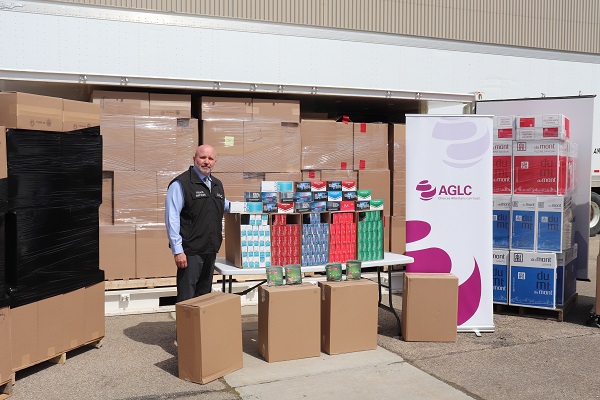
 Alberta1 day ago
Alberta1 day ago30 million contraband cigarettes valued at $25 million dollars seized in Alberta
-
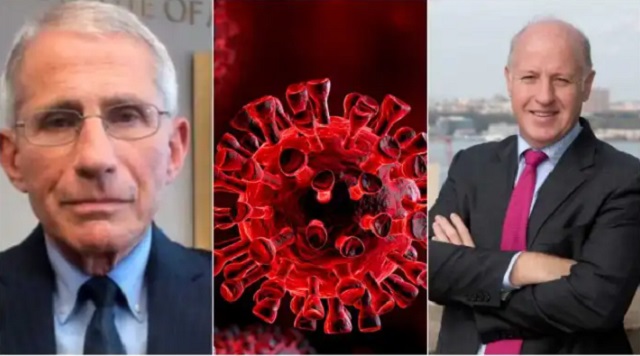
 COVID-1910 hours ago
COVID-1910 hours agoCOVID Lab Leak: Over four later, EcoHealth Alliance funding is finally suspended
-
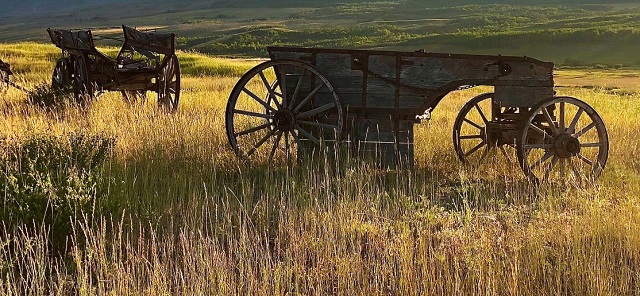
 Alberta23 hours ago
Alberta23 hours agoFortis et Liber: Alberta’s Future in the Canadian Federation
-
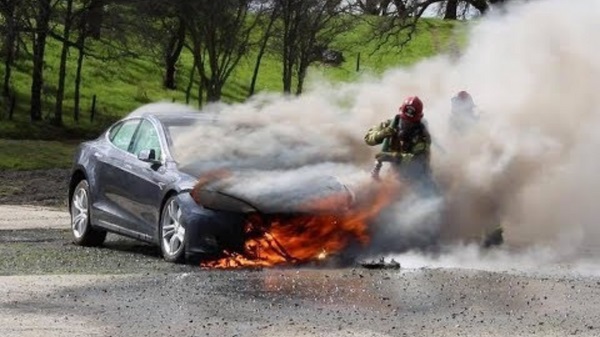
 Automotive1 day ago
Automotive1 day agoRed States Sue California and the Biden Administration to Halt Electric Truck Mandates
-
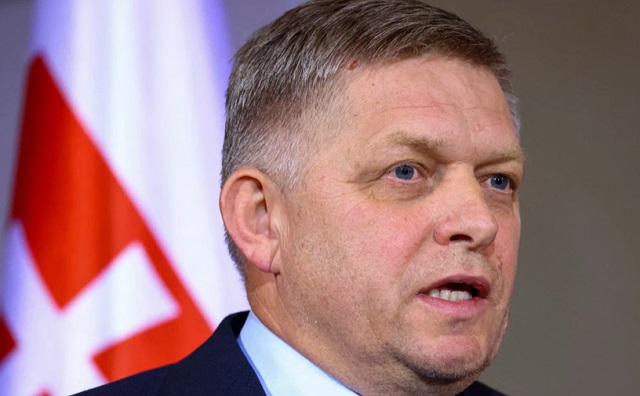
 Crime19 hours ago
Crime19 hours agoSlovakian prime minister who opposed WHO Pandemic Treaty shot in assassination attempt
-
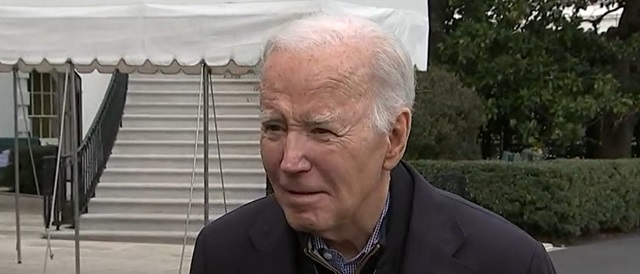
 Censorship Industrial Complex19 hours ago
Censorship Industrial Complex19 hours agoJim Jordan Exposes Biden’s Censorship-Industrial Complex
-
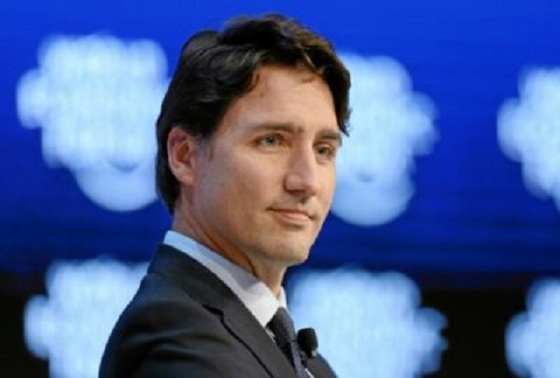
 Automotive1 day ago
Automotive1 day agoGovernments in Canada accelerate EV ‘investments’ as automakers reverse course

